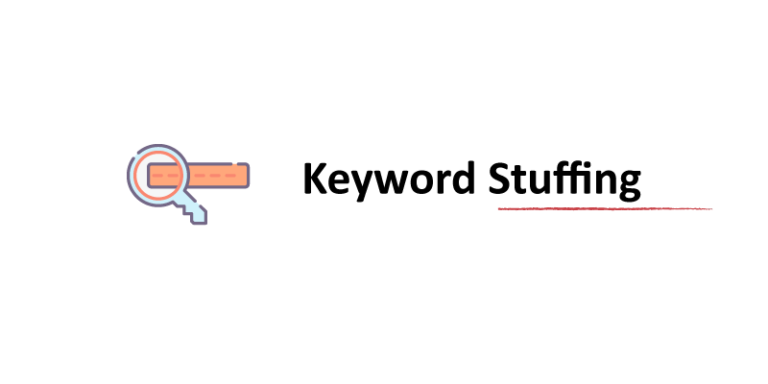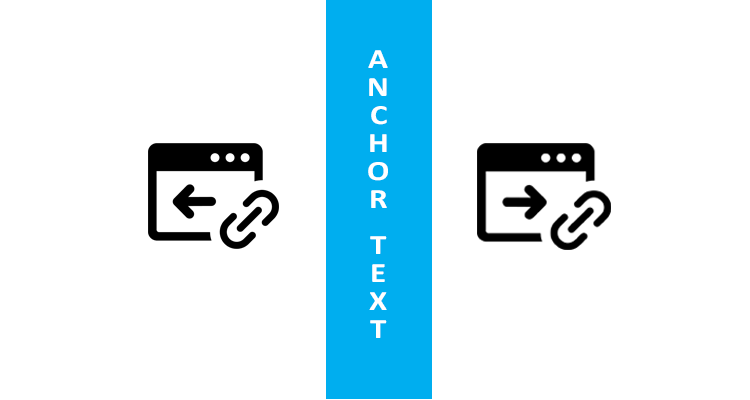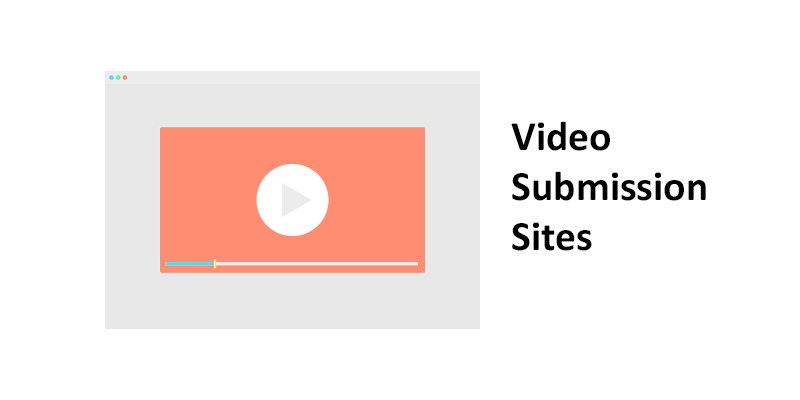What Is Keyword Stuffing in SEO?
Keyword Stuffing is filling a content copy with the target or focus keywords repeatedly that are completely out of context to rank for keywords.
Keyword Stuffing is an attempt to deceive search engines to rank for keywords in a short time.
Example of Keyword Stuffing:
“We provide SEO services. our SEO services are customized if you’re thinking of optimizing your site by looking for an agency that provides SEO services at a low cost. then please contact us”
In the above example, the content is keyword-stuffed with the word SEO Services. This over-optimization leads to lower rankings in SERPs.
Quick Guide to Keyword Proximity and how it influences SEO
Types of Keyword Stuffing
Visible Keyword stuffing:
Repetitive use of irrelevant keywords, words, phrases in the topic, product and services that are completely out of text then it is considered visible keyword stuffing.
Overuse of irrelevant links on a post that are completely unrelated and out of context is also considered keyword stuffing.
This irrelevant use of too many links on a post is called link spamming.
Invisible Keyword Stuffing:
Creating Keyword Stuffed Content and making it invisible to readers by the use same white font colour and the background colour with the bad intention of ranking in SERPs quickly is considered as invisible keyword stuffing.
How to Avoid Keyword Stuffing?
- Write natural Content for readers first then spread the keywords semantically in the content according to the context.
- Include Long-tail keyword Variations
- Create longer Content to dilute keyword stuffing by minimizing the need to use SEO Keywords repeatedly.
- Include LSI (latent-semantic indexing) Keywords in the content as these are naturally generated user keywords and highly relevant to the topic you are targeting.
- Avoid over-usage of the same keyword
- Use target keyword synonyms
- Include target keywords on the on-page elements like title, descriptions, alt tags, Headings, first paragraph, conclusion
- It is best practice to keep the keyword density below 2% for better Search engine optimization.










